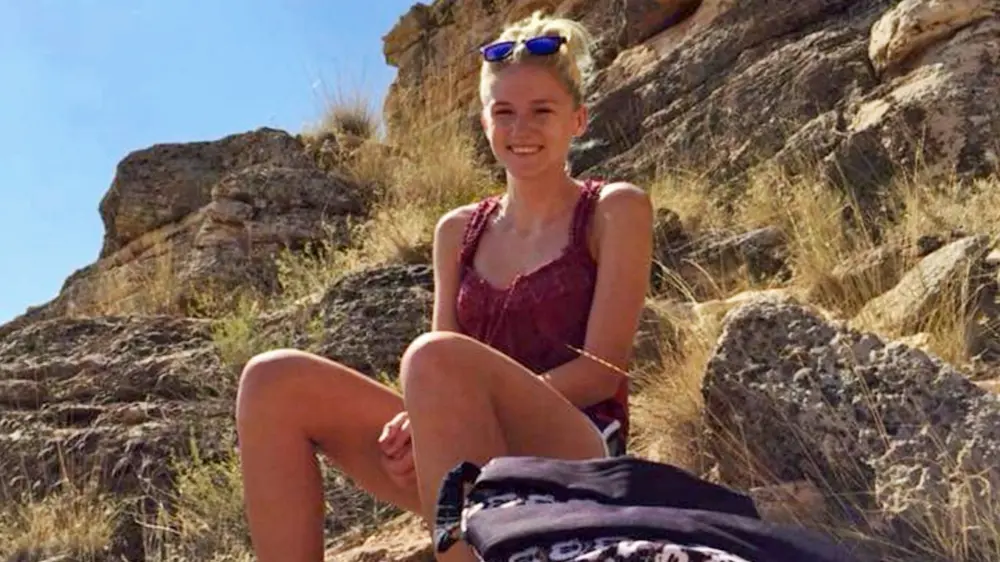
How did you first become interested in paleontology? How old were you and was there a defining moment that sparked your interest?
I became interested in paleontology at 4 years old when my parents and I vacationed in Florida. We went to Animal Kingdom and they have a dinosaur dig pit. I spent most of my time digging up the bones. When we arrived home, my parents and I went fossil collecting at Lyme Regis, Dorset, UK and it was there that I found my first fossil—an ammonite. Being the first person to ever see this ammonite excited me and sparked my scientific interest in paleontology.
What is your academic background? What kind of formal paleontological training have you had, and what degrees do you hold?
I have a First Class Honours in BSc Paleontology and a distinction in MRes Paleontology. I have volunteered at the Wyoming Dinosaur Center (August 2018) and at the Lyme Regis Museum, Dorset, UK (July 2018). Both of these experiences have developed my skills in paleontology, both in the field and in research. Additionally, the museum work allowed me to develop my skills to prepare fossils in the laboratory and putting fossils into collections. I have been trained to use 3D manipulation softwares, such as GeoMagic DESIGN X and MeVis Lab. I am also confident in using the SEM to take excellent photographs.
What attracted you to working with fossil arthropods and with amber insects in particular?
During my undergraduate studies we were taught the different types of exceptional preservation, such as amber preservation and this led me to asking questions about the taphonomic processes in amber preservation of different places. I think the preservation of insects in amber is fascinating. I’ve never had any training in insects, so I don’t know exactly which group of insects that I would like to work on.
Taking on a Ph.D. can be a daunting task. What made you decide to pursue a doctorate and what is your ultimate career goal?